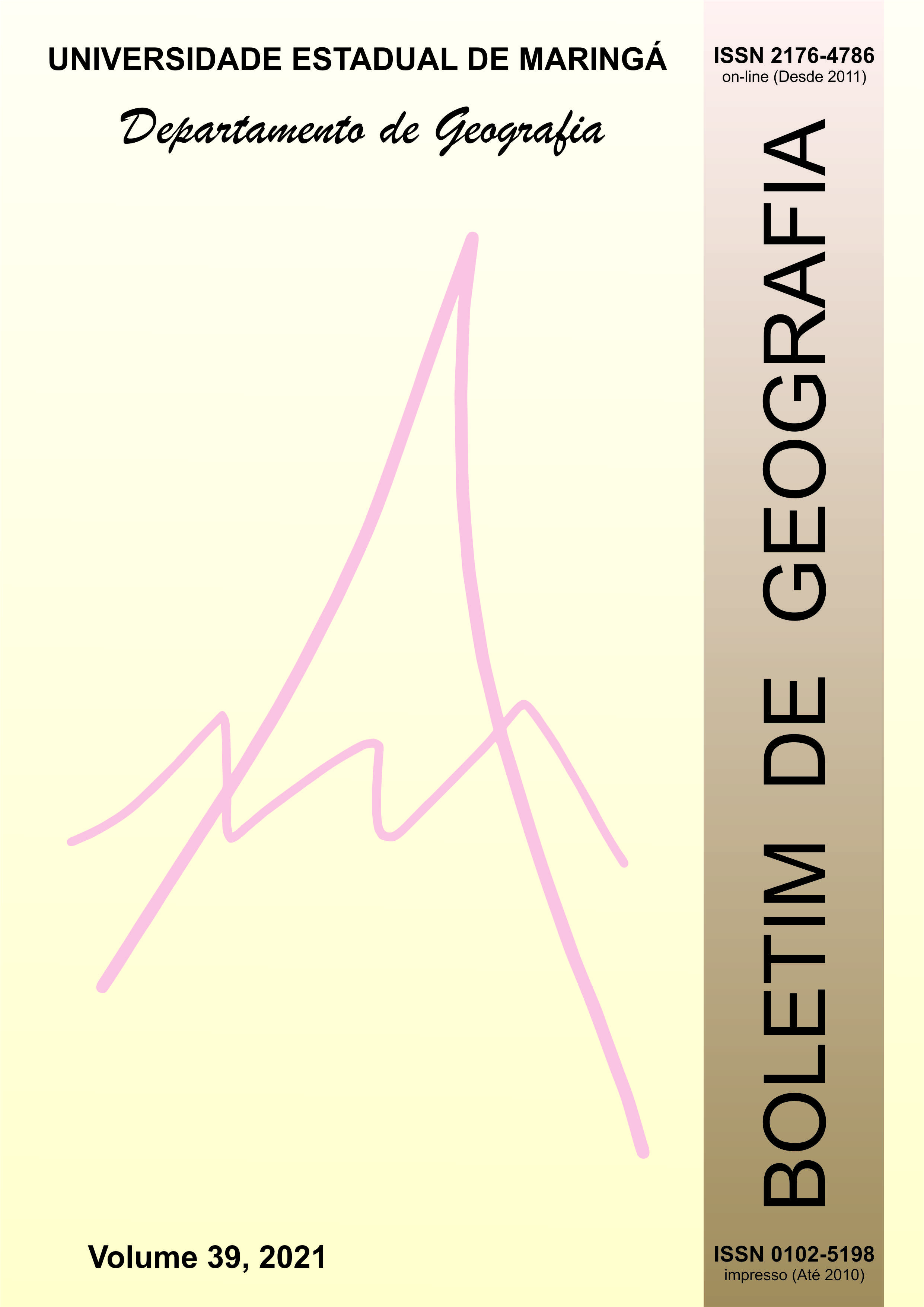Erosivity of the Santa Maria river basin (RS): trends and spatialization
Abstract
Rain erosivity is one of the main triggering factors for erosion. Therefore, the objective of this research is to calculate, spatialize, estimate the return time and find trends of increase in the annual and monthly erosivity of the Santa Maria river basin (RS) - BHRSM. The erosivity analysis was carried out based on pluviometric data, in the period 1986-2019, for seven meteorological stations (MS). A nearby area regression equation was used to transform 24-hour rainfall into smaller time scales to calculate erosivity. Data spatialization was performed in QGIS 3.4. The average annual erosivity of BHRSM (EUPS R factor) is ~11979 MJ mm ha-1 h-1yr-1, being classified as "very strong" and it is concentrated in the October-May period (73%), precisely the period in which the planting, development and harvesting of temporary crops takes place. The month of April is the month with the highest erosive potential, with 1650 MJ mm ha-1 h-1 month-1. The highest annual erosivity rate, 24868.89 mm ha-1 h-1 year-1, presents estimated return of 35 years with probability of occurrence of 2.85%. The highest erosivity trend values were found for the last decade, in 6 of the 7 MS. Finally, it is noteworthy that linear erosion with formation of gullies has already been identified by several authors in the BHRSM, mainly in its northern portion and the station with the highest erosive values is located precisely in this area.
Downloads
Copyright (c) 2021 Boletim de Geografia

This work is licensed under a Creative Commons Attribution 4.0 International License.
O Boletim de Geografia está licenciado através da Creative Commons Atribuição 4.0 Internacional (CC BY 4.0).
Autores que realizam submissões ao Boletim de Geografia concordam com os sequintes termos:
- Autores retêm todos os direitos autorais e concedem à Revista direitos exclusivos da primeira publicação, com o artigo licenciado sob os termos da Creative Commons Atribuição 4.0 Internacional (CC BY 4.0).
- Após a publicação, fica permitido ao autor a republicação em qualquer outros meios de divulgação, desde que mencionada a fonte original.












